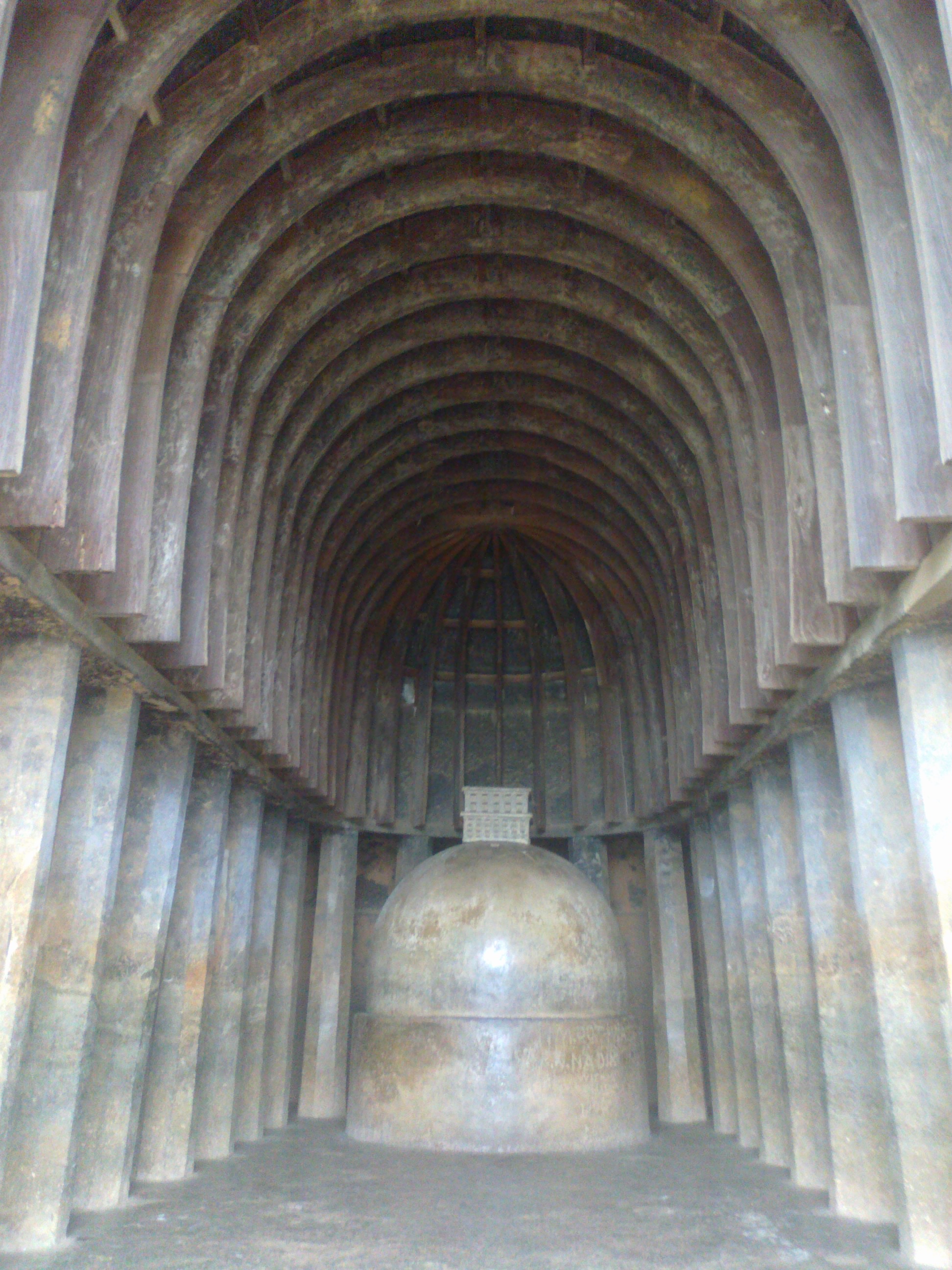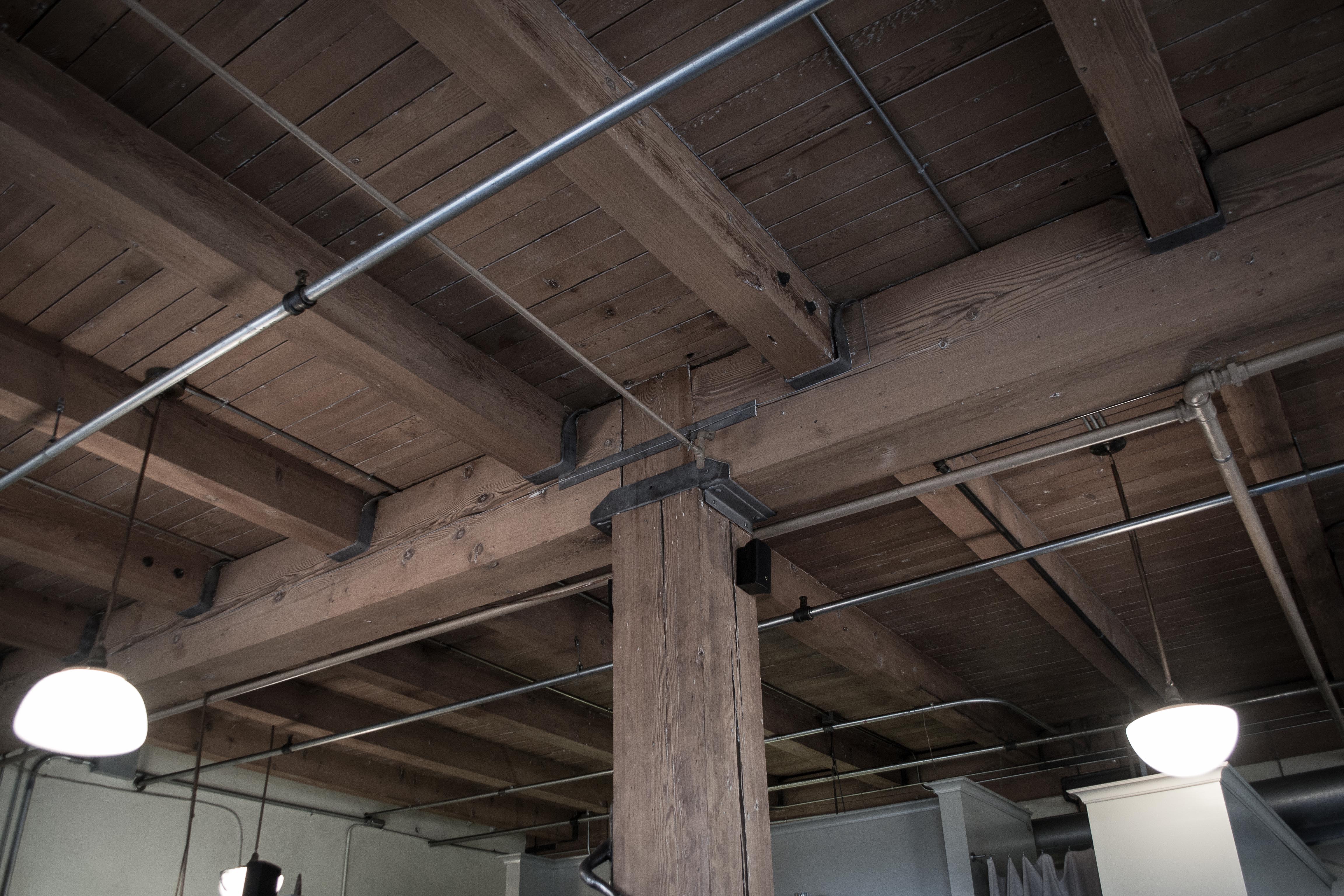|
Chandrashala
In Indian architecture, gavaksha or chandrashala (''kudu'' in Tamil, also nāsī) are the terms most often used to describe the motif (visual arts), motif centred on an ogee, circular or horseshoe arch that decorates many examples of Indian rock-cut architecture and later Indian structural temples and other buildings. In its original form, the arch is shaped like the cross-section of a barrel vault. It is called a chaitya arch when used on the facade of a chaitya hall, around the single large window. In later forms it develops well beyond this type, and becomes a very flexible unit, "the most common motif of Hindu temple architecture". ''Gavākṣha'' (or gavaksa) is a Sanskrit word which means "bull's or cow's eye". In Hindu temples, their role is envisioned as symbolically radiating the light and splendour of the central icon in its sanctum. Alternatively, they are described as providing a window for the deity to gaze out into the world. Like the whole of the classic chaitya, t ... [...More Info...] [...Related Items...] OR: [Wikipedia] [Google] [Baidu] |
Indian Architecture
Indian architecture is rooted in the History of India, history, Culture of India, culture, and Indian religions, religion of India. Among several architectural styles and traditions, the best-known include the many varieties of Hindu temple architecture and Indo-Islamic architecture, especially Rajput architecture, Mughal architecture, Dravidian architecture, South Indian architecture, and Indo-Saracenic architecture. Early Indian architecture was made from wood, which did not survive due to rotting and instability in the structures. Instead, the earliest surviving examples of Indian architecture are Indian rock-cut architecture, including many Buddhist temple, Buddhist, Hindu temple, Hindu, and Jain temple, Jain temples. The Hindu temple architecture is divided into the Dravidian architecture, Dravidian style of South India, southern India and the Nagara architecture, Nagara style of North India, northern India, with other regional styles. Housing styles also vary between reg ... [...More Info...] [...Related Items...] OR: [Wikipedia] [Google] [Baidu] |
Barabar Caves
The Barabar Hill Caves are the oldest surviving rock-cut caves in India, dating from the Maurya Empire (322–185 BCE), some with Ashokan inscriptions, located in the Makhdumpur region of Jehanabad district, Bihar, India, north of Gaya. These caves are situated in the twin hills of Barabar (four caves) and Nagarjuni (three caves); caves of the -distant Nagarjuni Hill are sometimes singled out as the Nagarjuni Caves. These rock-cut chambers bear dedicatory inscriptions in the name of "King Piyadasi" for the Barabar group, and "Devanampiya Dasaratha" for the Nagarjuni group, thought to date back to the 3rd century BCE during the Maurya period, and to correspond respectively to Ashoka (reigned 273–232 BCE) and his grandson, Dasharatha Maurya. The sculptured surround to the entrance to the Lomas Rishi Cave is the earliest survival of the ogee shaped " chaitya arch" or chandrashala that was to be an important feature of Indian rock-cut architecture and sculptural decoration f ... [...More Info...] [...Related Items...] OR: [Wikipedia] [Google] [Baidu] |
Lomas Rishi Cave
The Lomas Rishi Cave, also called the Grotto of Lomas Rishi, is one of the man-made Barabar Caves in the Barabar and Nagarjuni hills of Jehanabad district in the Indian state of Bihar. This rock-cut cave was carved out as a sanctuary. It was built during the Ashokan period of the Maurya Empire in the 3rd century BC, as part of the sacred architecture of the Ajivikas, an ancient religious and philosophical group of India that competed with Jainism and became extinct over time. Ājīvikas were atheists and rejected ritualism of the Puranic karma Kāṇḍa as well as Buddhist ideas. They were ascetic communities and meditated in the Barabar caves. Still, the Lomas Rishi cave lacks an explicit epigraphical dedication to the Ajivikas, contrary to most other Barabar Caves, and may rather have been built by Ashoka for the Buddhists. The hut-style facade at the entrance to the cave is the earliest survival of the ogee shaped " chaitya arch" or chandrashala that was to be an impo ... [...More Info...] [...Related Items...] OR: [Wikipedia] [Google] [Baidu] |
Indian Rock-cut Architecture
Indian rock-cut architecture is more various and found in greater abundance in that country than any other form of rock-cut architecture around the world. Rock-cut architecture is the practice of creating a structure by carving it out of solid natural rock. Rock that is not part of the structure is removed until the only rock left makes up the architectural elements of the excavated interior. Indian rock-cut architecture is mostly religious in nature. There are more than 1,500 known rock-cut structures in India. Many of these structures contain artwork of global importance, and most are adorned with exquisite stone carvings. These ancient and medieval structures represent significant achievements of structural engineering and craftsmanship. The effort expended often astonishes visitors, but seen from one aspect, a rock-cut structure is a decorated rock quarry; most of the stone removed was typically put to economic use elsewhere. In India, caves have long been regarded as sacred ... [...More Info...] [...Related Items...] OR: [Wikipedia] [Google] [Baidu] |
Chaitya
A chaitya, chaitya hall, chaitya-griha, (Sanskrit:''Caitya''; Pāli: ''Cetiya'') refers to a shrine, sanctuary, temple or prayer hall in Indian religions. The term is most common in Buddhism, where it refers to a space with a stupa and a rounded apse at the end opposite the entrance, and a high roof with a rounded profile. Strictly speaking, the chaitya is the stupa itself, and the Indian buildings are chaitya halls, but this distinction is often not observed. Outside India, the term is used by Buddhists for local styles of small stupa-like monuments in Nepal, Cambodia, Indonesia and elsewhere. In Thailand a stupa itself, not a stupa hall, is called a chedi, a local Thai word derived from the Pali Cetiya. In the historical texts of Jainism and Hinduism, including those relating to architecture, ''chaitya'' refers to a temple, sanctuary or any sacred monument. Most early examples of chaitya that survive are Indian rock-cut architecture. Scholars agree that the standard form follo ... [...More Info...] [...Related Items...] OR: [Wikipedia] [Google] [Baidu] |
Joist
A joist is a horizontal structural member used in Framing (construction), framing to span an open space, often between Beam (structure), beams that subsequently transfer loads to vertical members. When incorporated into a floor framing system, joists serve to provide stiffness to the subfloor sheathing, allowing it to function as a horizontal Diaphragm (structural system), diaphragm. Joists are often doubled or tripled, placed side by side, where conditions warrant, such as where wall partitions require support. Joists are either made of wood, engineered wood, or steel, each of which has unique characteristics. Typically, wood joists have the Cross section (geometry), cross section of a Plank (wood), plank with the longer faces positioned vertically. However, engineered wood joists may have a cross section resembling the Roman capital letter ""; these joists are referred to as I-joist, -joists. Steel joists can take on various shapes, resembling the Roman capital letters "C", "", " ... [...More Info...] [...Related Items...] OR: [Wikipedia] [Google] [Baidu] |
Ashoka
Ashoka, also known as Asoka or Aśoka ( ; , ; – 232 BCE), and popularly known as Ashoka the Great, was List of Mauryan emperors, Emperor of Magadha from until #Death, his death in 232 BCE, and the third ruler from the Mauryan dynasty. His empire covered a large part of the Indian subcontinent, stretching from present-day Afghanistan in the west to present-day Bangladesh in the east, with its capital at Pataliputra. A patron of Buddhism, he is credited with playing an important role in the spread of Buddhism across ancient Asia. The Edicts of Ashoka state that during his eighth regnal year (), he conquered Kalinga (historical region), Kalinga after a brutal war. Ashoka subsequently devoted himself to the propagation of "Ashoka's policy of Dhamma, dhamma" or righteous conduct, the major theme of the edicts. Ashoka's edicts suggest that a few years after the Kalinga War, he was gradually drawn towards Buddhism. The Buddhist legends credit Ashoka with establishing a larg ... [...More Info...] [...Related Items...] OR: [Wikipedia] [Google] [Baidu] |
Maurya Empire
The Maurya Empire was a geographically extensive Iron Age historical power in South Asia with its power base in Magadha. Founded by Chandragupta Maurya around c. 320 BCE, it existed in loose-knit fashion until 185 BCE. The primary sources for the written records of the Mauryan times are partial records of the lost history of Megasthenes in Roman texts of several centuries later; the Edicts of Ashoka, which were first read in the modern era by James Prinsep after he had deciphered the Brahmi script, Brahmi and Kharoshthi script, Kharoshthi scripts in 1838; and the ''Arthashastra'', a work first discovered in the early 20th century,: "... another source that enjoyed high standing as a description of the early Mauryan state was the Arthashastra, a treatise on power discovered in the early twentieth century." and previously attributed to Chanakya, but now thought to be composed by multiple authors in the first centuries of the common era. Archaeologically, the period of Maury ... [...More Info...] [...Related Items...] OR: [Wikipedia] [Google] [Baidu] |
Entrance Gate
Entrance generally refers to the place of entering like a gate, door, or road or the permission to do so. Entrance may also refer to: * ''Entrance'' (album), a 1970 album by Edgar Winter * Entrance (display manager), a login manager for the X window manager * Entrance (liturgical), a kind of liturgical procession in the Eastern Orthodox tradition * Entrance (musician), born Guy Blakeslee * ''Entrance'' (film), a 2011 film * Entrance, Alberta, a community in Canada * The Entrance, New South Wales, a suburb in Central Coast, New South Wales, Australia * "Entrance", a song by Dimmu Borgir from the 1997 album ''Enthrone Darkness Triumphant'' * Entry (cards), a card that wins a trick to which another player made the lead * N-Trance, a British electronic music group formed in 1990 * University and college admissions * Entrance Hall * Entryway See also *Enter (other) Enter or ENTER may refer to: * Enter key, on computer keyboards * Enter, Netherlands, a village * ''Enter'' ... [...More Info...] [...Related Items...] OR: [Wikipedia] [Google] [Baidu] |
Bhaja Caves
Bhaja Caves are a group of 22 Indian rock-cut architecture, rock-cut caves dating back to the 2nd century BC located off the Mumbai - Pune expressway near the city of Pune, India. The caves are 400 feet above the village of Bhaja, on an important ancient trade route running from the Arabian Sea eastward into the Deccan Plateau (the division between North India and South India). The inscriptions and the cave temple are protected as a Monument of National Importance, by the Archaeological Survey of India per Notification No. 2407-A. It belongs to the Early Buddhist schools in Maharashtra. The caves have a number of stupas, one of their significant features. The most prominent excavation is its chaitya (or ''chaityagrha'' – Cave XII), a good example of the early development of this form from wooden architecture, with a vaulted horseshoe ceiling. Its vihara (Cave XVIII) has a pillared verandah in front and is adorned with unique reliefs. These caves are notable for their indications ... [...More Info...] [...Related Items...] OR: [Wikipedia] [Google] [Baidu] |








